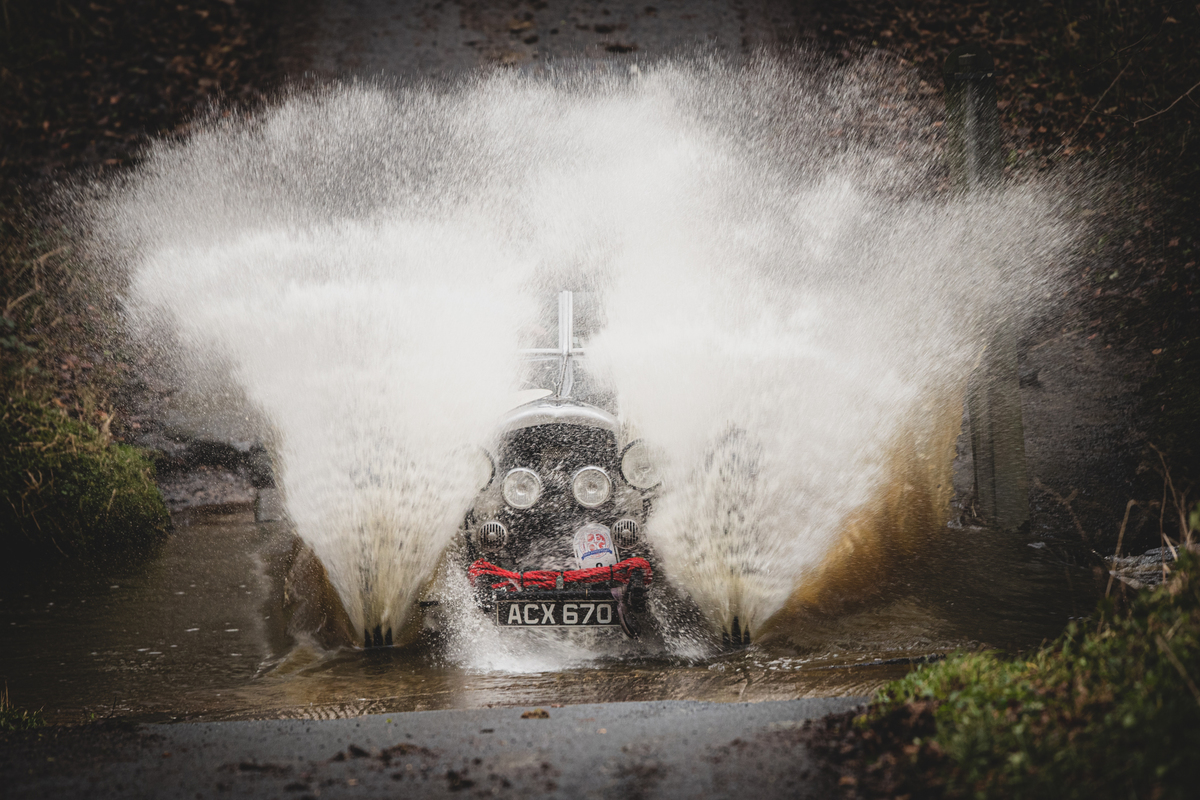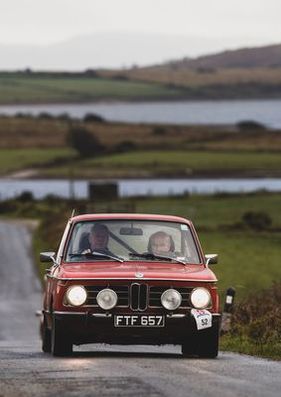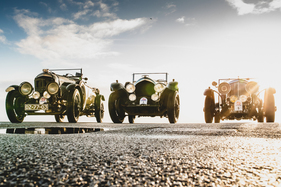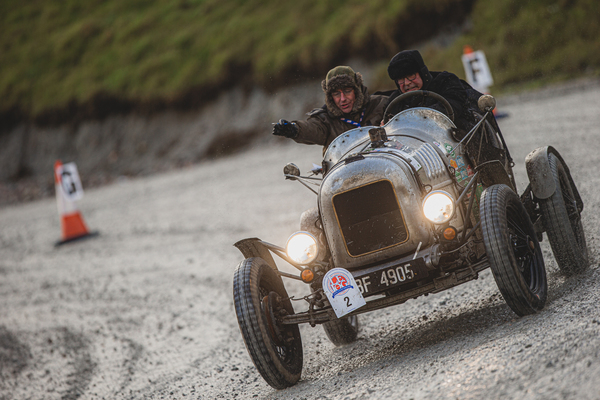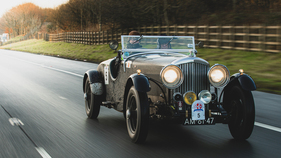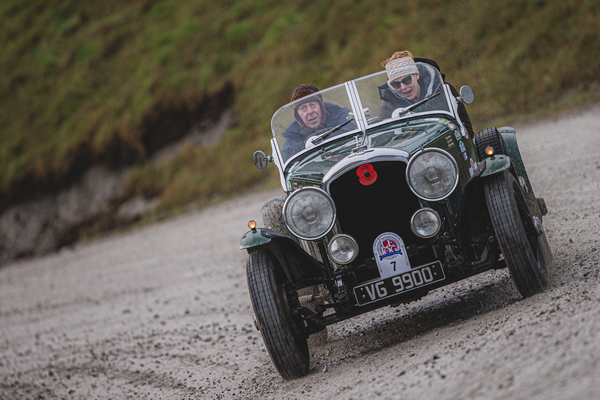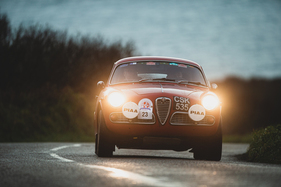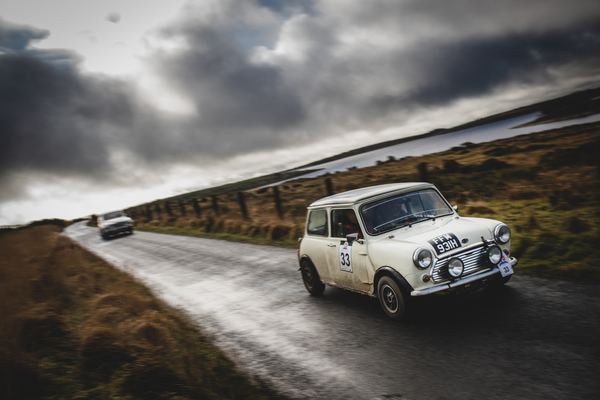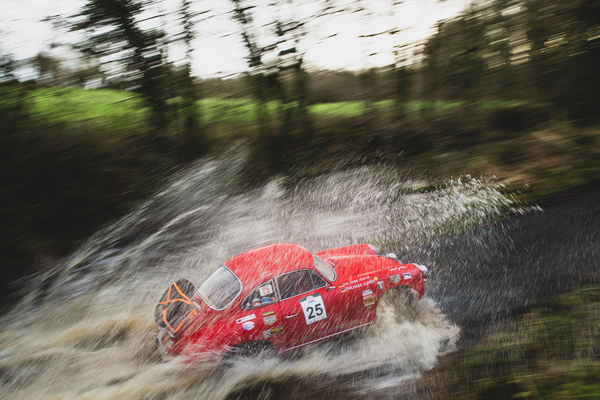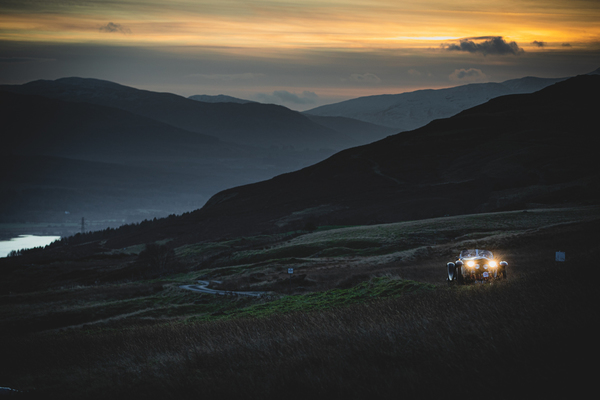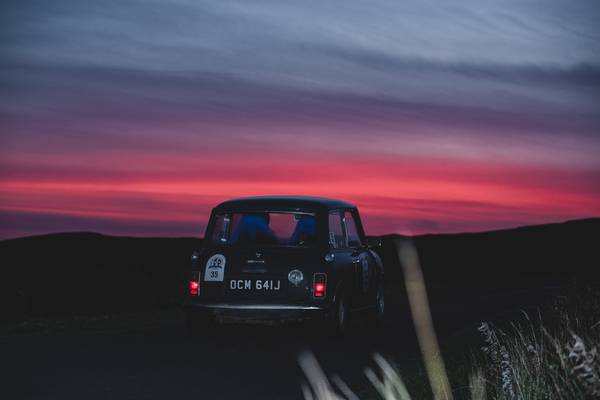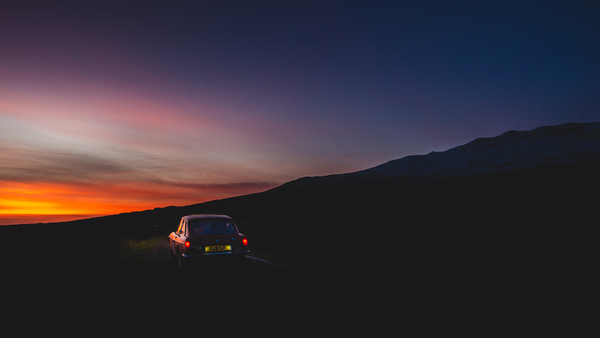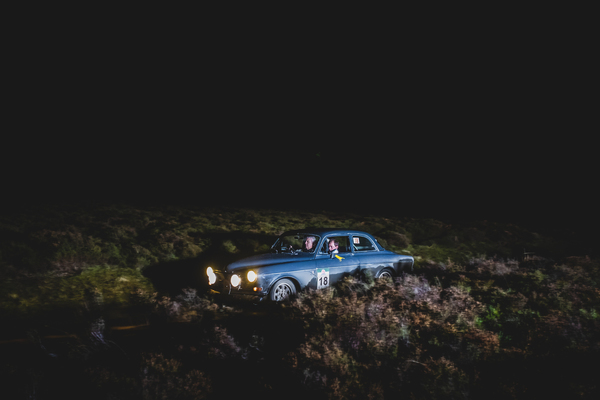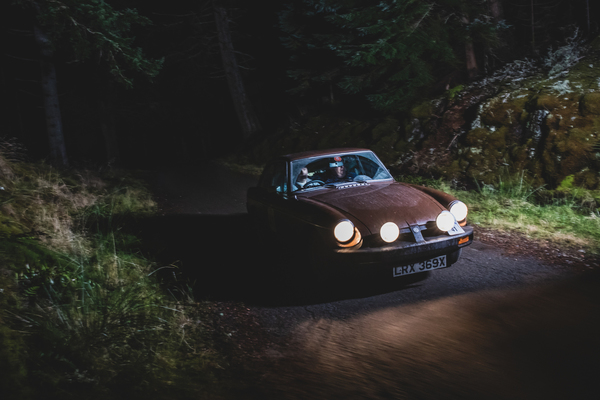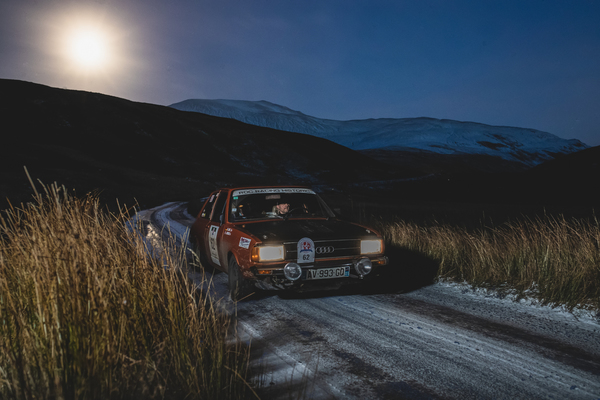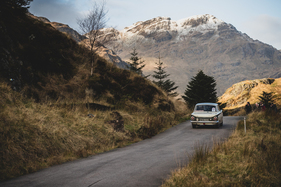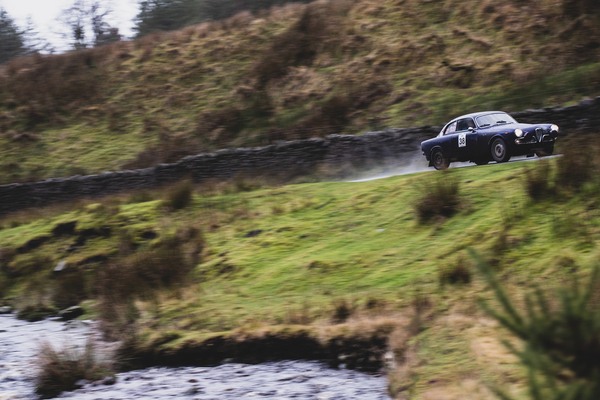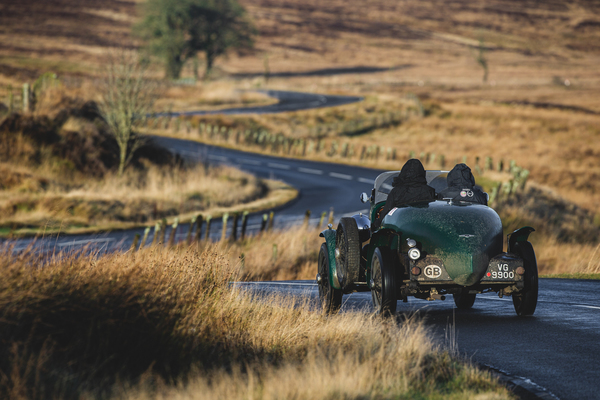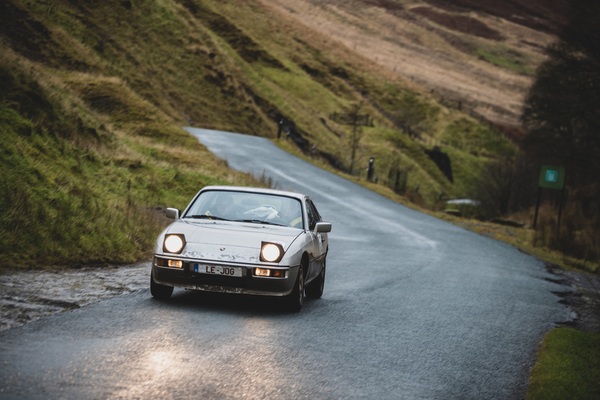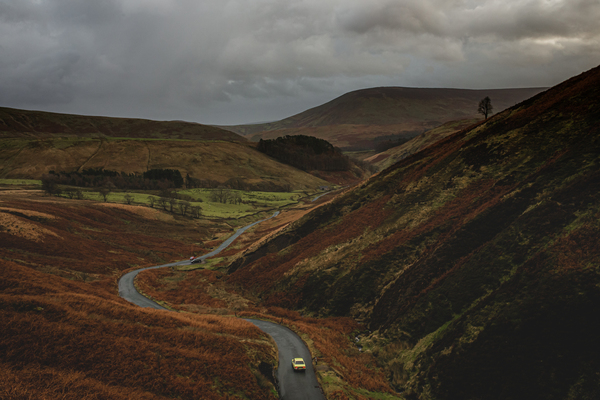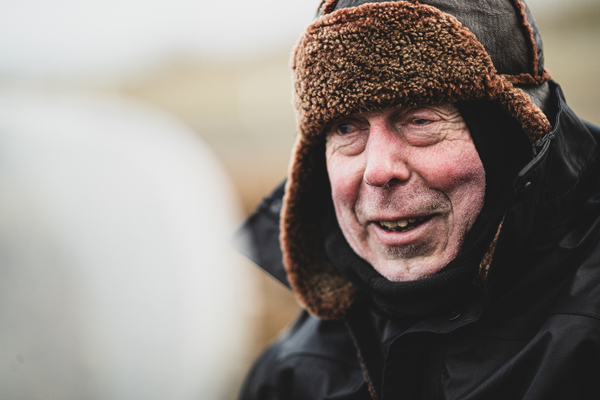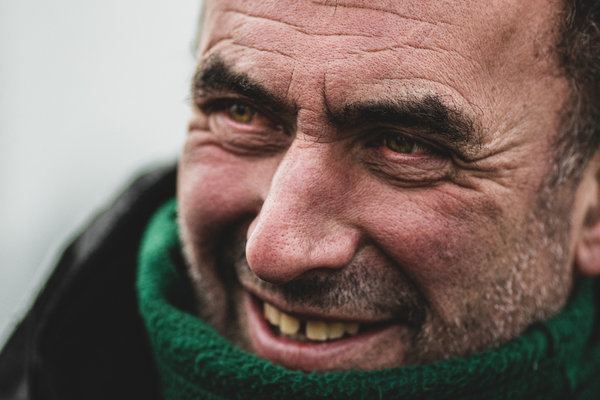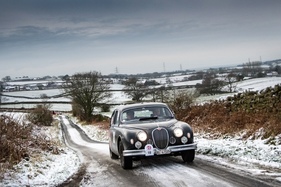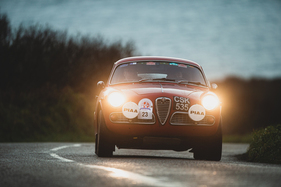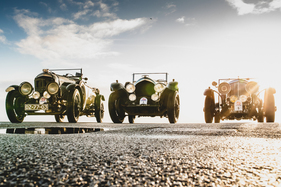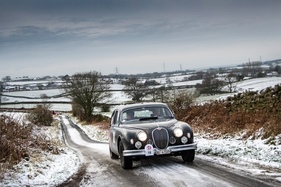The legendary "Le Jog" rally started for the 25th time on December 7, 2019 in Lands End, the most south-westerly point in England, and ended after 4 days, 1500 miles (2414 KM) on December 10 in John o'Groats, Scotland, the most north-easterly place in Great Britain.
Toughest winter rally for classic cars
The start took place at 7:30 in the morning, and after 75 hours 64 of the 82 vehicles that had started reached the finish. 18 rally cars fell victim to the tough rally, which shows just how much the "Le Jog" demands of man and machine. A total of eight daring teams started with pre-war vehicles, which significantly increased the challenge in the unfriendly weather conditions.
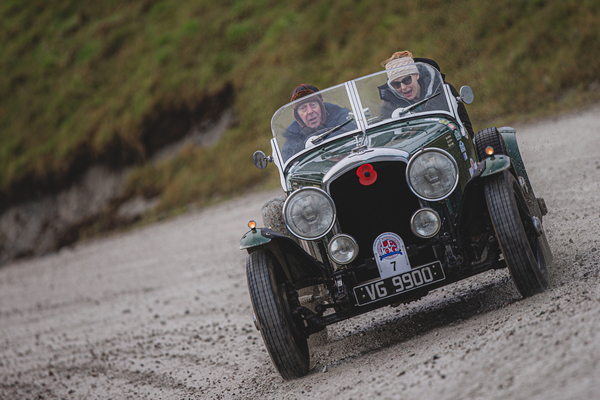
Gold medal winners
Reaching the finish line at the winter rally is a feat in itself for the driver and navigator, regardless of the medal or penalty minutes. In order to score points, the two-man crews must reach each control at their allotted time to the minute, and they must not make any mistakes in the speed tests either.

A total of six gold medals were awarded, the most hard-earned arguably being those of the pre-war car teams of Elliott Dale/Charlotte Ryall and Stuart Anderson/Emily Anderson. The Anderson team faced an additional challenge: Stuart Anderson's navigator fell ill the night before the rally, and his daughter Emily took over the co-driver's seat at the last minute.
Exhausted teams
In the open Bentleys, the weather added the components of wind and rain to the grueling drive, to which Stuart Anderson said, "The wind and rain got every part of the body, and I've never been so shaken up in a car on a rally, thrown from left to right in the cockpit, as I was in the Bentley, it wasn't very pleasant." Elliot Dale, who has rowed across the Atlantic among other things, had his own unique approach to dealing with really bad weather like this: "I put my head right up against the windshield, of course it was in the way of the steering wheel, but at least I could see something"
The weather was nasty again for the 25th anniversary
Harsh weather conditions, including torrential rain on a large part of the route, made the mix of demanding regularity tests and exciting speed runs a real challenge for the teams. Due to the extremely long driving times, fatigue was an additional challenge for the teams. Both man and machine are pushed to their limits in long-distance rallies, and this is what makes the sport so appealing for the competitors.
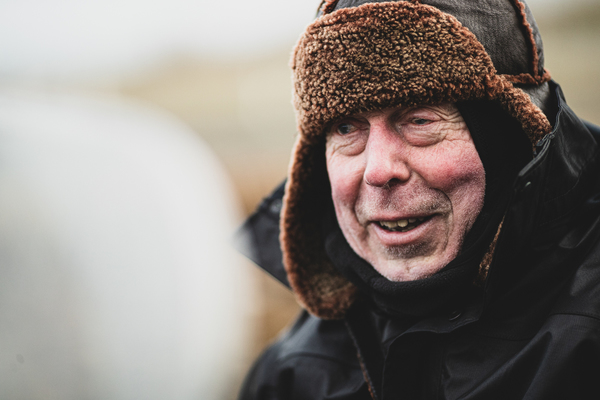
Peter Rushforth, now over 80 years old, original Le Jog organizer, said: "This was my first time as a competitor and I thoroughly enjoyed it. The route was almost the same as 25 years ago, but I think the rally was a bit tougher back then as you got even less sleep than you do now." Mike Parkinson, who started in a Bentley MK6 Special, could also see the strain: "We can hardly walk, we can hardly see, our eyes are tired, but we are happy and really enjoyed the rally".
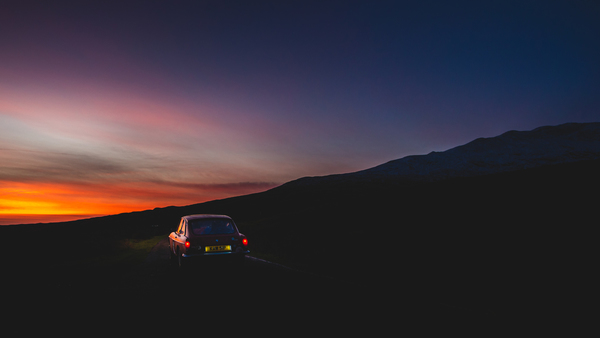
The rally demands everything from man and machine
During the rally, which lasted four days and three nights, the participants got perhaps ten hours of sleep - if things went well. Navigator Andy Ballantyne, gold medal winner, described the exertions as follows: "After the start we almost couldn't find our way out of Cornwall, but thanks to the hard work of my pilot Stewart Christie we made it back to the rally. The first day was tough, the first night even tougher, but the last 24 hours were really merciless, the last night we were physically exhausted. I think we now need a moment's rest to understand what a wonderful success we have achieved at the rally."

At the toughest long-distance rally in Europe, arriving at the finish line is like celebrating a victory, and those who were able to take home a medal or record low penalty minutes were even happier. In any case, there were only happy faces at the finish!
Gold medal winners
7 - Stuart Anderson (GBR) Emily Anderson (GBR) Bentley Derby 41⁄4
18 - Paul Dyas (ENG) Martyn Taylor (ENG) Volvo Amazon
35 - Kevin Haselden (ENG) Gary Evans (GBR) Mini Cooper
41 - Stewart Christie (SCO) Stewart Christie (SCO) Andy Ballantyne (GBR) MG B GT
52 - Richard Boughton (ENG) Paul Bosdet (ENG) BMW 2002 Tii
84 - Eric Michiels (LUX) Aswin Pyck (BEL) Porsche 924S
Regularly with participants from Switzerland
Daniel Sauter and Severin Senn competed from Switzerland in 2019, along with other teams, and achieved a respectable third place in their class in their 1938 Chevrolet Fangio Coupé.
We were able to talk to two Swiss participants from previous years about the Le Jog Rally, namely Jaguar specialist Georg Dönni from "Jaguar Classics", who competed in 2017 in a Jaguar MKI 3.4 Saloon in a team with Balz Bessenich.
We also asked Martin Rudolf, owner of the classic car specialist workshop "Madmotors", for an interview; he took part in the Le Jog 2018 with team partner Stefan Müller in a Volvo Amazon 123 GT Rallye.
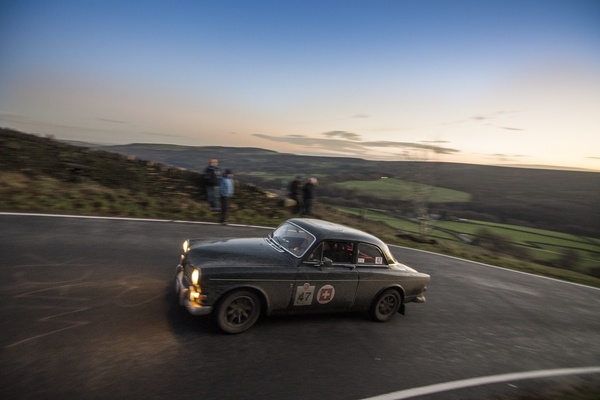
Read what they had to say in response to our questions - some of the answers are tongue-in-cheek.
Tell us about the most difficult interpersonal situation in the cockpit:
Martin Rudolf: "There wasn't one. We had set our common goal before the start: We wanted to stay healthy, arrive and, if possible, not incur any penalty points - in that order. We focused on these goals and mastered Le Jog as a team. Successful rally driving is only possible if you know and understand each other. The roles in the cockpit are clearly assigned, the navigator says where to go, the driver drives and doesn't make any decisions of his own when it comes to the route."
Georg Dönni: "That was when I overtook a slower Triumph TR4 that wanted to turn off correctly following the road book. My navigator instructed me to take the same turn-off, but I thought the road was far too small and not part of the route. So I sped past the Triumph straight ahead on the main road. My navigator Balz convinced me that I had to turn around and was quite angry that I hadn't followed his instructions. Not listening to the navigator never happened to me again after that. You have to be well coordinated in the cockpit to avoid getting lost."
What was the most mentally challenging moment?
Martin Rudolf: "When I realized that our car was so well prepared that there was nothing to tweak...."
Georg Dönni: "We didn't have that - we had our own party in the car and enjoyed the rally"
What was the most physically demanding part?
Martin Rudolf: "Lifting the finish beer after crossing the finish line in John O'Groats, after the last 28 hours of driving in one go."
Georg Dönni: "The pain in my hands from the steering wheel, because I don't like driving with gloves on."
Tell us about the most beautiful part of the rally:
Martin Rudolf: "The most beautiful part, scenically, for me is the area around the Lake District. You drive through it during the day and the winter atmosphere is fantastic. However, you also have to be lucky enough not to have to navigate, but to be allowed to drive. When you're navigating, it's impossible to enjoy the scenery, you have your hands full. Behind the wheel, however, it's always comfortable. You just have to be in the right place at the right time, and the navigator tells you where to turn off and how fast to drive. Scotland is certainly beautiful too, but it's actually always dark there at this time of year when you're driving on the Le Jog."
Georg Dönni: "Taking a photo in Scotland at noon, the sun is barely above the horizon. Or the Yorkshire Dales, where the countryside is yellow, the grass is dry and you can see snow drifts on the roads. But actually, throughout the rally, the landscape felt like it was out of this world."
What position did you achieve?
Martin Rudolf: "We came 2nd in our class. In the so-called "car tests", in which you have to drive around a marked course as quickly as possible, we even won."
Georg Dönni: "I don't remember, we probably came in at the back of the field, we wanted to have fun and didn't pay much attention to the times."
Will you take part again?
Martin Rudolf: "At the finish, Stefan and I thought every year, that's it, we're done, we won't do it again, we've exhausted ourselves. But as soon as we left the island, we were already making plans for next year and discussing where we could improve."
Georg Dönni: "Absolutely, yes. But only as a driver. I would then need a good, experienced navigator. He would have to be equipped with strong nerves and not mind looking at the map most of the time and not taking in so much of the landscape."
Thank you very much for taking the time to answer my questions!
